Photographer and Traveler Jana Kupčáková: Don’t Fear Experiments
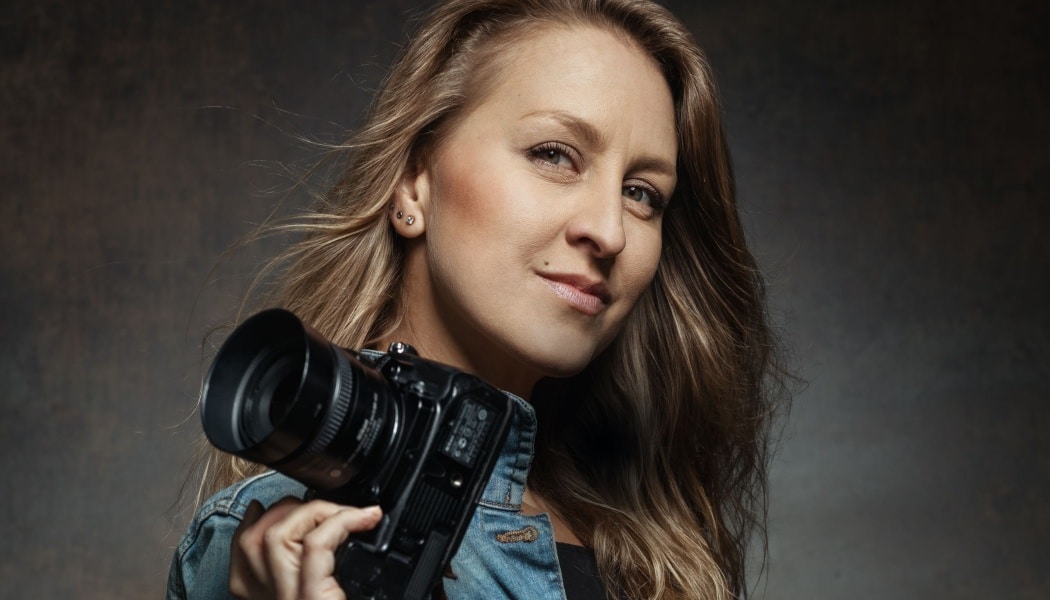
Jana Kupčáková is an exceptionally productive photographer. She spends much of her time traveling the globe, she teaches photography as well, and she has numerous exhibitions and lectures behind her, and many articles and photography awards to her name. We’ve managed to snag a moment with her for an interview. You’ll learn how to take unusual pictures in your travels, how to approach different cultural customs, what it’s like to eat breakfast in Italy one day and explore secluded places in Africa, and more.
Can you describe yourself in brief for our readers?
I studied economics at the Czech University of Life Sciences, and work with finances is how I earn my living to this day. I do this work at an IT company, and even though I’m very glad to be at my job, today’s tech-overstuffed world has little to say for me. It wasn’t until I found photography that I found my passion. During my university studies, I began traveling out more into the world, and photography was a way to preserve the places I visited and my beautiful memories. After I moved to Prague permanently and started my job, I signed up for my first photography course, so that all these “snapshots” would take on some sort of meaning and order. I soon saw my first successes, had exhibitions, finished a training course I’d started, and I also got an offer to teach photography. Over time this was joined by serving on juries in photography competitions, arranging travel lectures, and writing web articles about photography. I actually don’t even know how it all came together like this.
You’ve received a number of photography awards. Which of them do you appreciate the most?
Photographer of the Year from FotoVideo Magazine. Not only was this the first major award that I won, it was also the longest-lasting competition. You send in pictures on a variety of topics over the course of nearly a year, and so your work is evaluated more as a whole. The award that’s brought me the most happiness recently was for placing second in the first year of the Hanzel and Zikmund award, in their Travel Photography category. [Hanzelka and Zikmund were Czechoslovak world travelers and photographers who gained national fame in the 1950s and 1960s. -eds.] My diploma, personally signed by Mr. Zikmund himself, was the greatest reward for me as a traveling photographer.
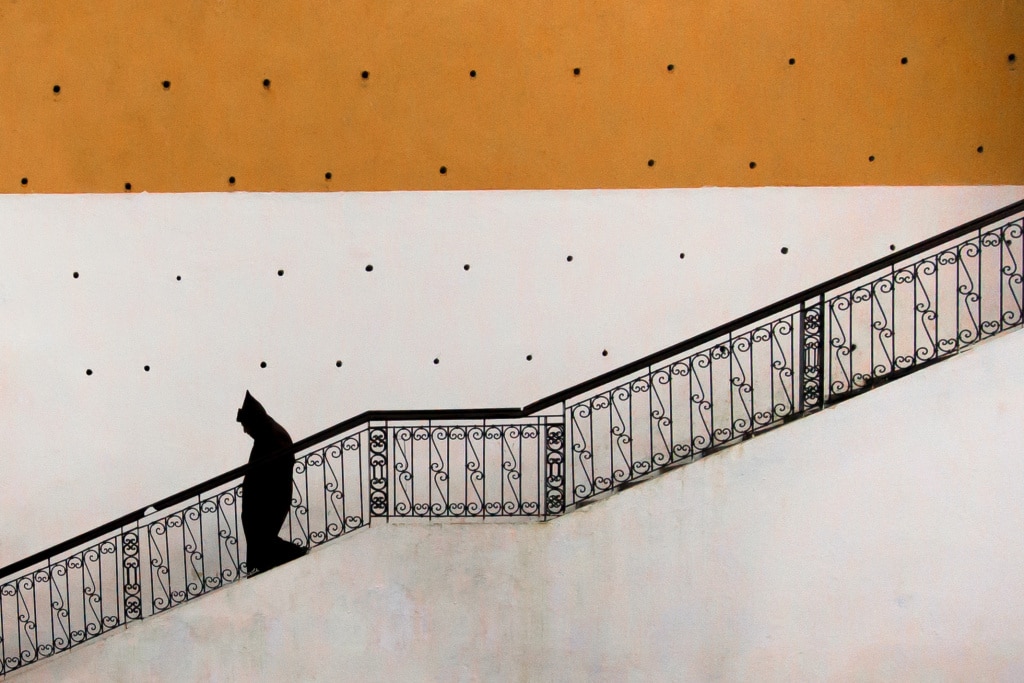
How good are you at harmonizing travel and your profession/family?
I think I’ve inherited a good ability to organize my time from my mother and grandfather. For some people fixed working hours might feel like shackles, but for me they’re a big advantage. This way I have a clearly defined time for work, and I can then plan out my free time for travel, teaching, photography, lectures, and other activities, without having to worry that work obligations will get in the way of my plans. I’m usually clear on my travel plans a year in advance.
Are there any things that are specific to being a woman traveler?
I think it’s a lot more about your approach than about whether you’re a man or a woman. For me in general the rule is: the way you behave towards the people around you, that’s how they’ll behave towards you. Be respectful towards people, respect the country’s cultural traditions, and keep a positive approach and a detached view. And, well, the most universal means of communication in the world is a smile. With that, you can make yourself understood anywhere.
In which countries were people most or the least helpful towards your photography?
Whenever I arrive in a country, I try to spend the first few days looking around and learning what liberties I can and can’t take. Countries have their specifics, different religious and cultural restrictions; people have different natures and see tourists a bit differently in every place. I was surprised for example at how incredibly nice people were in New York and how fantastically my street photography went there. And while people in Cuba and South Africa generally reacted to my lens with a smile, in the major cities of Tanzania I had to watch out more, and often I had to let a photo slip away. But I just had to travel a little bit further, into Zanzibar, where Arab culture starts to dominate, for everything to be OK again. In Laos, meanwhile, the women at the market found our photography funny, and they made fun of each other when we managed to sneak snaps of any of them. But I found taking pictures on Sri Lanka to be the most fun of all.
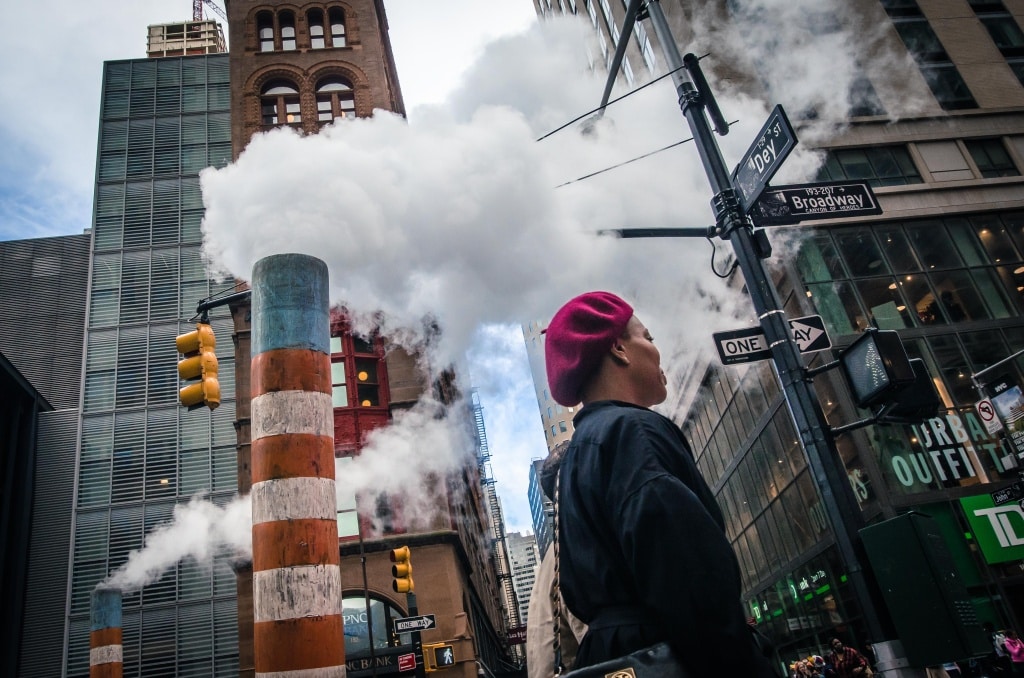
How’s that?
Besides taking interesting portraits, I like to take authentic snapshots on my travels as well. So I often try to take my shots unobserved. It’s been my experience that the moment the person you’re photographing sees you, they start to pose, and the magic of the moment usually vanishes. But in Sri Lanka, everyone poses! I haven’t yet seen any other nation that loves photography so much. The moment I placed my eye to the viewfinder, they struck their poses and showed off their teeth, and before I could press the trigger again, the whole family was standing there, and within five minutes, half the village. It wasn’t about money, they didn’t want anything for it. It simply just fascinated them. At first I thought that when they saw my big lens, they thought I was probably a photographer for National Geographic and they’d see themselves on the cover of a magazine. But it was just simply that they love it!
What equipment do you head out with?
I’m a bit of a “rebel” in this respect and try to pare down my photo gear on the road to the minimum. I want to mainly enjoy my travels—not to drag along pounds and pounds of ballast. I’ve never even packed a tripod in my backpack. I generally make do with a single DSLR with a basic lens and a single fixed wide lens to swap in. I’m more of a “snapshot” photographer—the kind who’ve got their camera around their neck from the moment they enter the airport and who only take it off at night. I photograph everything that catches my eye… situations that only last a moment. My photographs arise more or less as I go. Even though photo gear is one of the things I teach about, I don’t consider a rich assortment of it to be the alpha and omega of photography. Naturally it’s important to know the technical foundations of photographs and to understand your camera, but you definitely don’t have to spend hundreds of dollars on all sorts of gear just to get a good picture. It’s much more important to know how to look. As my favorite photographer Elliott Erwitt once said: “All the technique in the world doesn’t compensate for the inability to notice.”
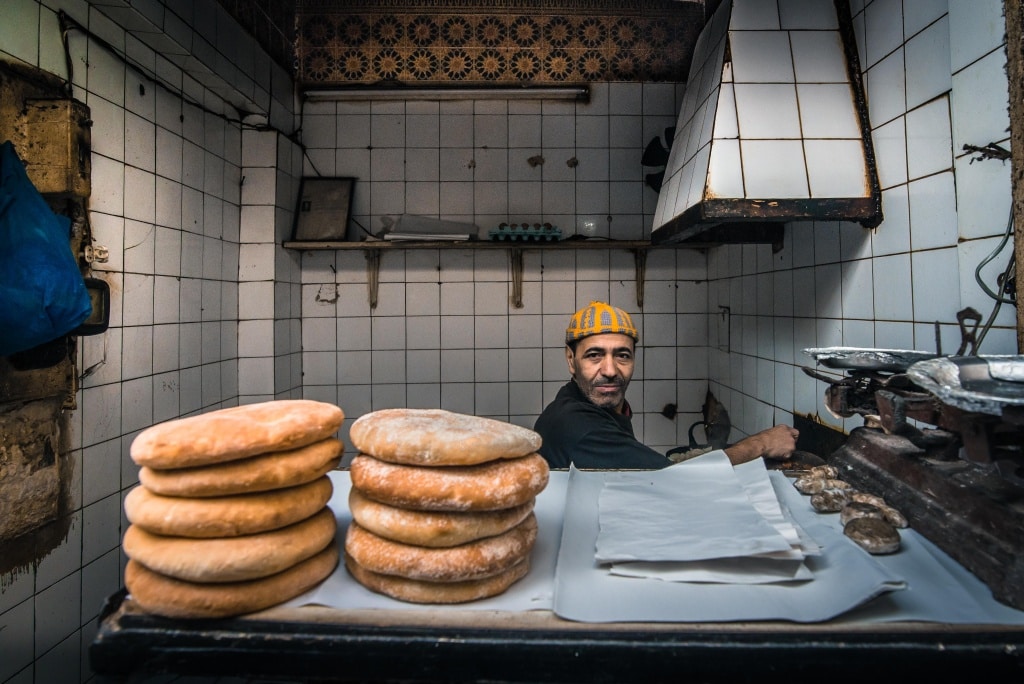
What other photographers inspire you?
I like photos that tell a story. Stories from everyday life that aren’t artificial or dressed-up. I’m a big fan of humanistic photography and the “decisive moment,” especially the postwar photographers from the Magnum agency who stood at its beginnings, like my favorite Elliott Erwitt, or Henri Cartier Bresson. If I had to name photographers whose work is related to travel photography, then I’d definitely recommend the fantastic portraits by Steve McCurry, the photographer behind the fantastic Afghan Girl. I also like Franco Fontana and his take on the landscapes of Tuscany, and the documentary photographer Sebastião Salgado, whose eight-year world travels led to a set of around 200 breathtaking black-and-white photos named “Genesis.” Meanwhile Annie Leibowitz remains the best photographer for me across all genres.
Summer vacations are coming up. How do you take travel photos that aren’t exactly the same as thousands of others?
The most important thing, I notice, is that people don’t have enough patience. Most of them take their pictures without forethought, they shoot a snap as soon as they see the scene, they don’t think about the final impression the photo will give. I don’t travel with just the goal of photographing a country; I mainly want to get to know it as well. I try to approach every travel photo like you would any other reportage. Record everything in the broadest possible context, so that my photos won’t be boring. Even a few years afterwards, photos should tell you not only what the place looked like, but also how it affected you and how you felt there.
If we had to summarize that into some sort of practical tip?
Try to seek different and original viewing angles, hook a story or an artistic element into the scene. Don’t be afraid to experiment, be patient, and try to find your own personal style—something that will show how you perceive the place.
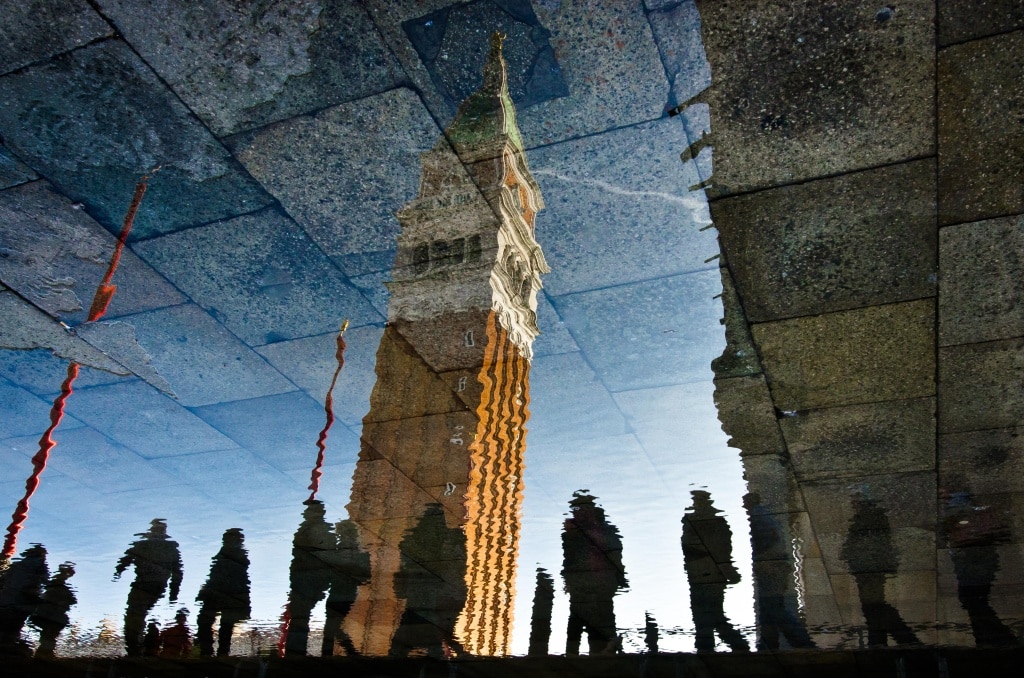
What mistakes in other people’s travel photos jump out at you right away?
First of all it’s the quantity. I often run into people who want to show off their vacation pictures to me, and they have a single thing showing in their album ten times. You’ve visited a beautiful waterfall or seen an interesting building? Fantastic! And feel free to take several pictures of it, test, experiment, seek the best shot, but then use just one picture, or two at the most. For example one overall view and one interesting detail shot. Delete the rest. But this is sadly just a phenomenon of our age. People have lost the habit of sorting out their photos. They have one scene shown a hundred times and leave all the shots “to be sure.” Quality is losing out to quantity. My second tip would be: simplify reality. So it’s clear at first sight who you’ve photographed and why. Otherwise you get chaotic photographs where buildings are falling, lamps are growing out of people’s heads, and overexposed skies are distracting you from the subject. And meanwhile it often only takes a moment’s wait, looking around, finding a better place to stand or an unusual angle.
Your photos attract immediate attention through their great work with color.
I’m a summer type, I love colors, sun, and warmth, and that’s reflected both in the destinations I choose and in the photographs I bring back. In countries like Morocco or Cuba, or in southern Italy, photography is mainly about the colors and the perfect light. Pictures from these places then go on to be my bearers of positive energy, calm, and a good mood.
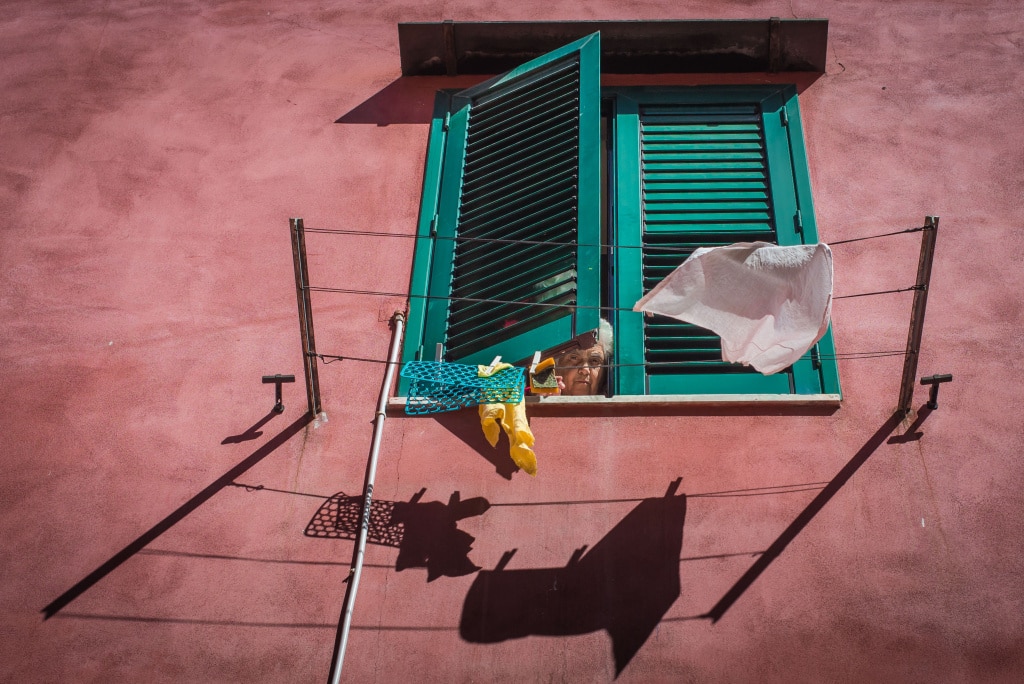
Which post-processing processes do you use?
Naturally this is a matter of taste. I champion an approach where, if I’d have to spend more than ten minutes editing a photo, I’ll just delete it. I like field work, and I consider PC work to be just a necessary evil that you can’t get by without today. In light of my specialization, I’m not a fan of making too many changes to a photo, especially when it comes to its contents. And naturally that applies for portrait photography as well. I’m a photographer, not a plastic surgeon.
How do you present your photos?
It’s still not long ago that I wasn’t worrying about public presentation much at all. I had my albums backed up on the web, I sent interested people a link, and once in a while I uploaded a photo to my FB profile. Nothing more. Recently, though, more and more people have started asking me about Instagram and a website, until I finally created one. In October of last year, I finally founded that Instagram account too.
Every day I try to add a new photo of some sort and keep in shape that way. And it seems that people like my photos, and I’m glad for that, of course. But above all it’s a great way to create contacts with people with the same specialization, another form of feedback, and also a great way to reach the work of great photographers from around the world. Yet naturally you have to be careful not to get sucked in. You have to carefully pick and choose your own presentation style and social-network activity, so that it’s useful and you’re not a slave to it. But personal presentation remains the most pleasant form of presentation for me. Presentations, festivals, travel lectures, places where I can meet people and talk to them about my work. A photo hung up on the social web can’t compare to that feeling when your photos are hanging on a gallery wall.
What are you planning for the future?
This year I’ve got a trip to South Africa behind me. In fall I’d like to head out to Apulia to travel through one of the few parts of Italy that I haven’t managed to visit yet. And if enough people sign up, then the school where I teach will have its first foreign photo expedition—straight to Namibia. We’ve also launched a new photo competition, with the topic “Fatherly Love,” where I’ll be serving as a juror, which I’m really looking forward to. Then in the summer I’ve got two lectures on Morocco, and I’m preparing a solo exhibition for June as well. That one should be up for viewing at Palác Akropolis in Prague until September, and it presents my street snapshots from my beloved Italy. So come on over—I’ll be looking forward to you. :-)
JANA’S 10 TIPS FOR A BETTER TRAVEL PHOTO:
- Get enough information about the country and don’t underestimate preparation
- Respect its cultural and religious customs
- Get a human element into the photo so as to create stories
- Communicate with the local people
- If you promise to send a photo to someone you’ve photographed, keep that promise
- Take pictures at markets, train stations, and similar places where you can capture authentic life
- Alternate informative photos with artistic ones
- Seek interesting light and color contrasts
- Involve some untraditional angles (bird’s-eye and worm’s-eye perspective, reflections, peepholes, and framing)
- After taking your picture, don’t forget to put your camera away and enjoy and experience the scene without a lens as well!